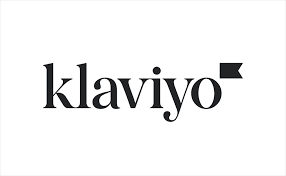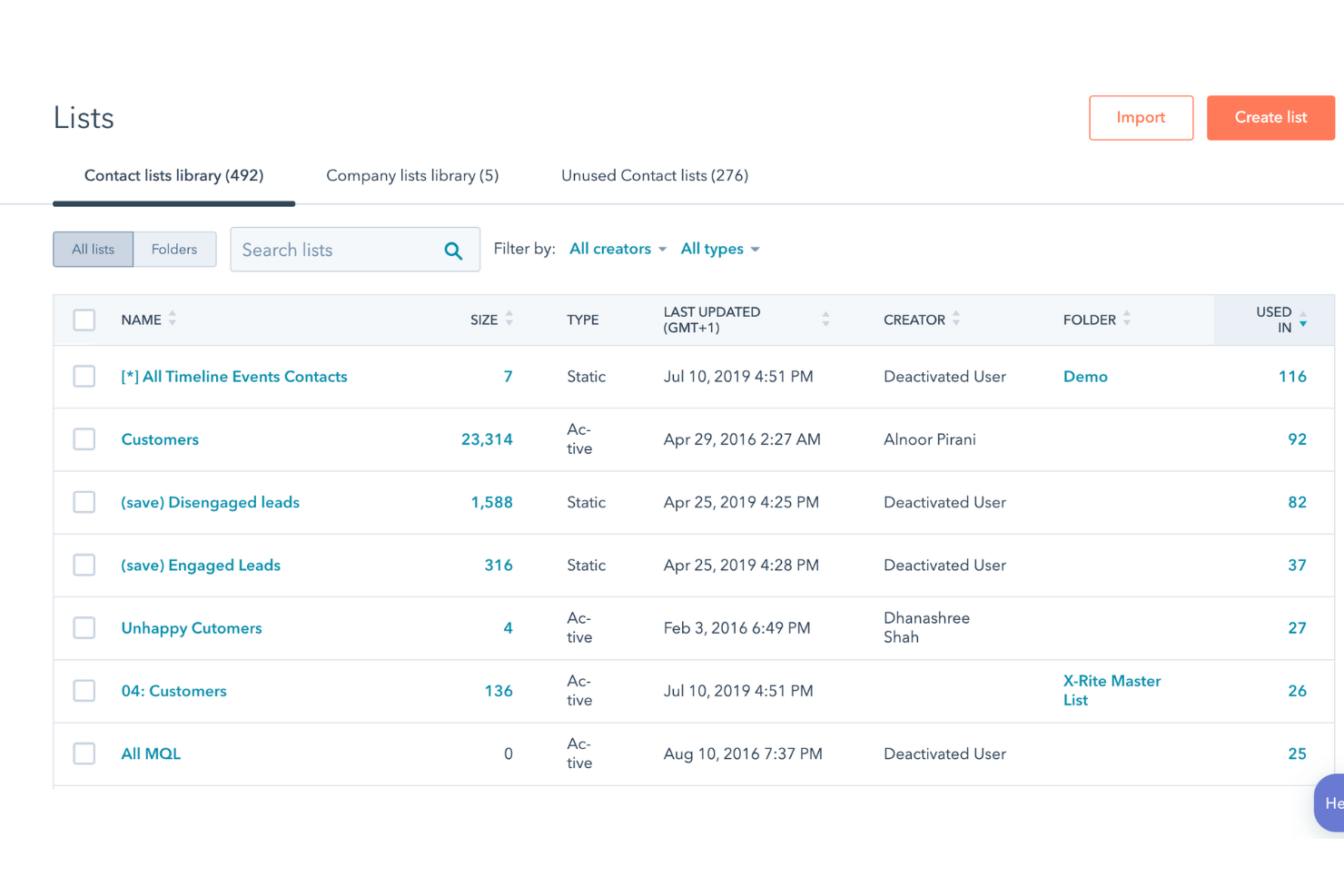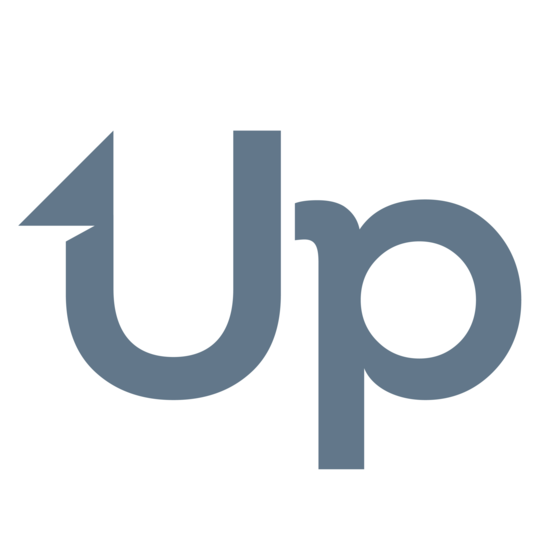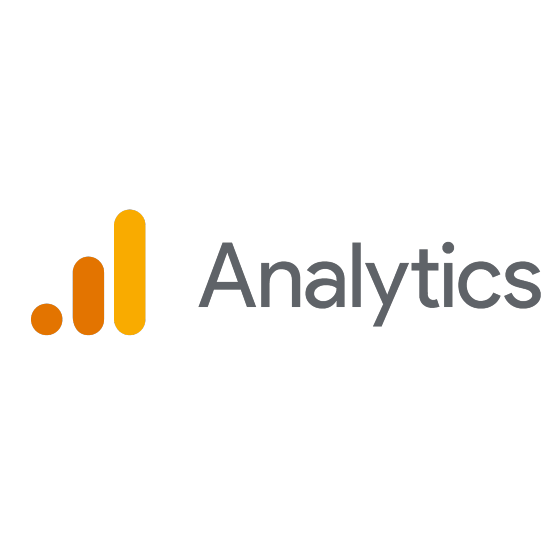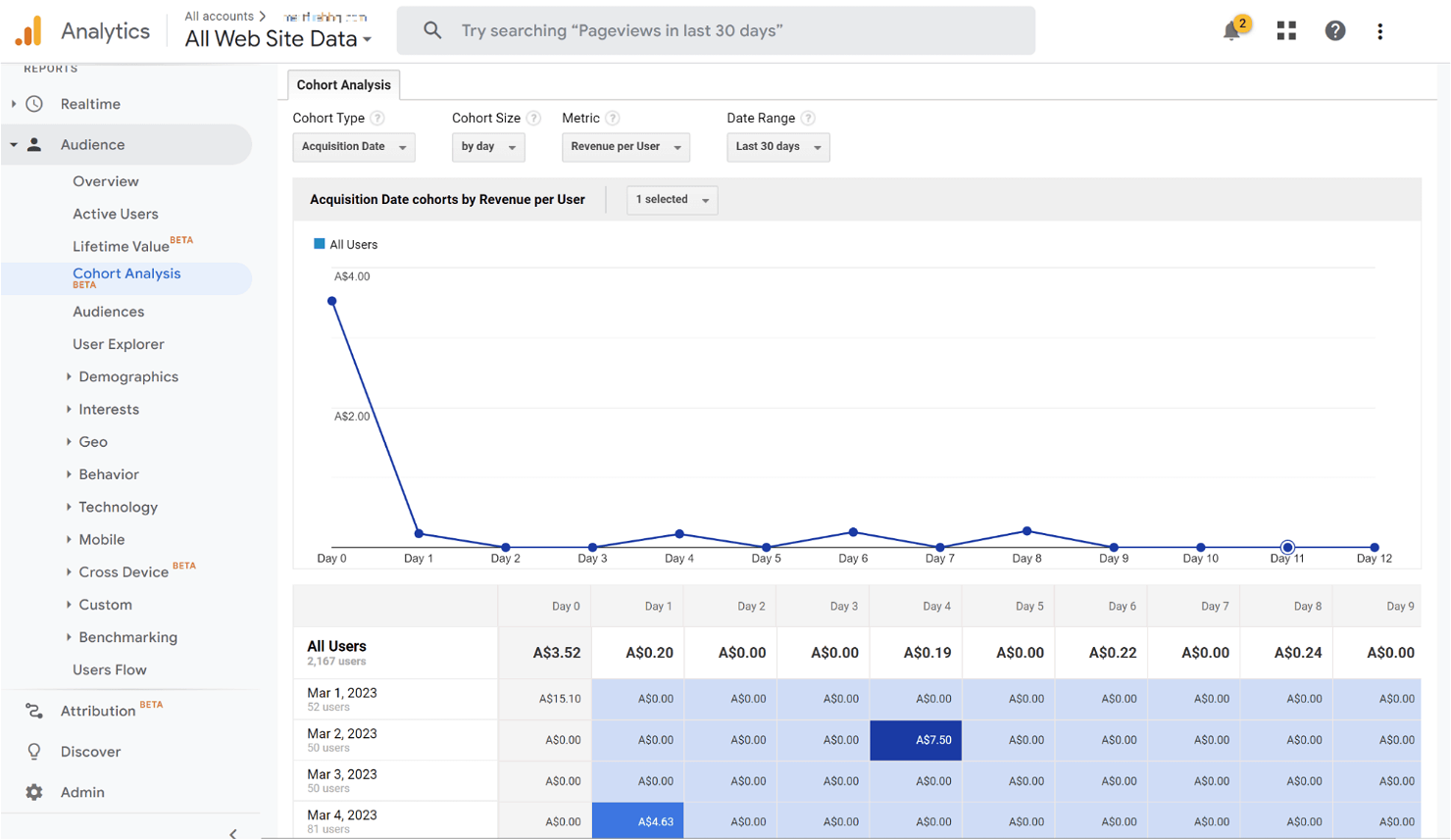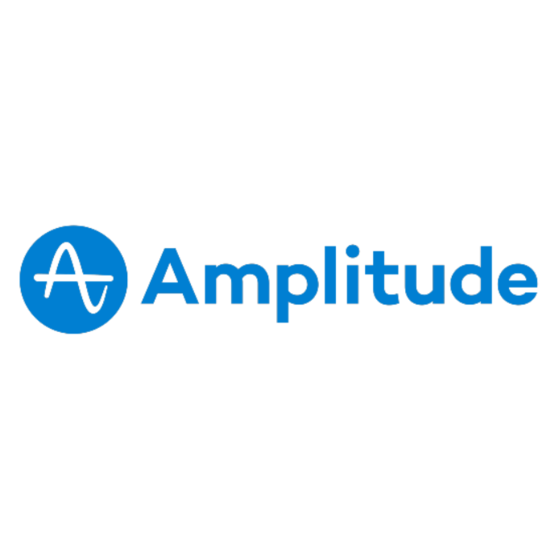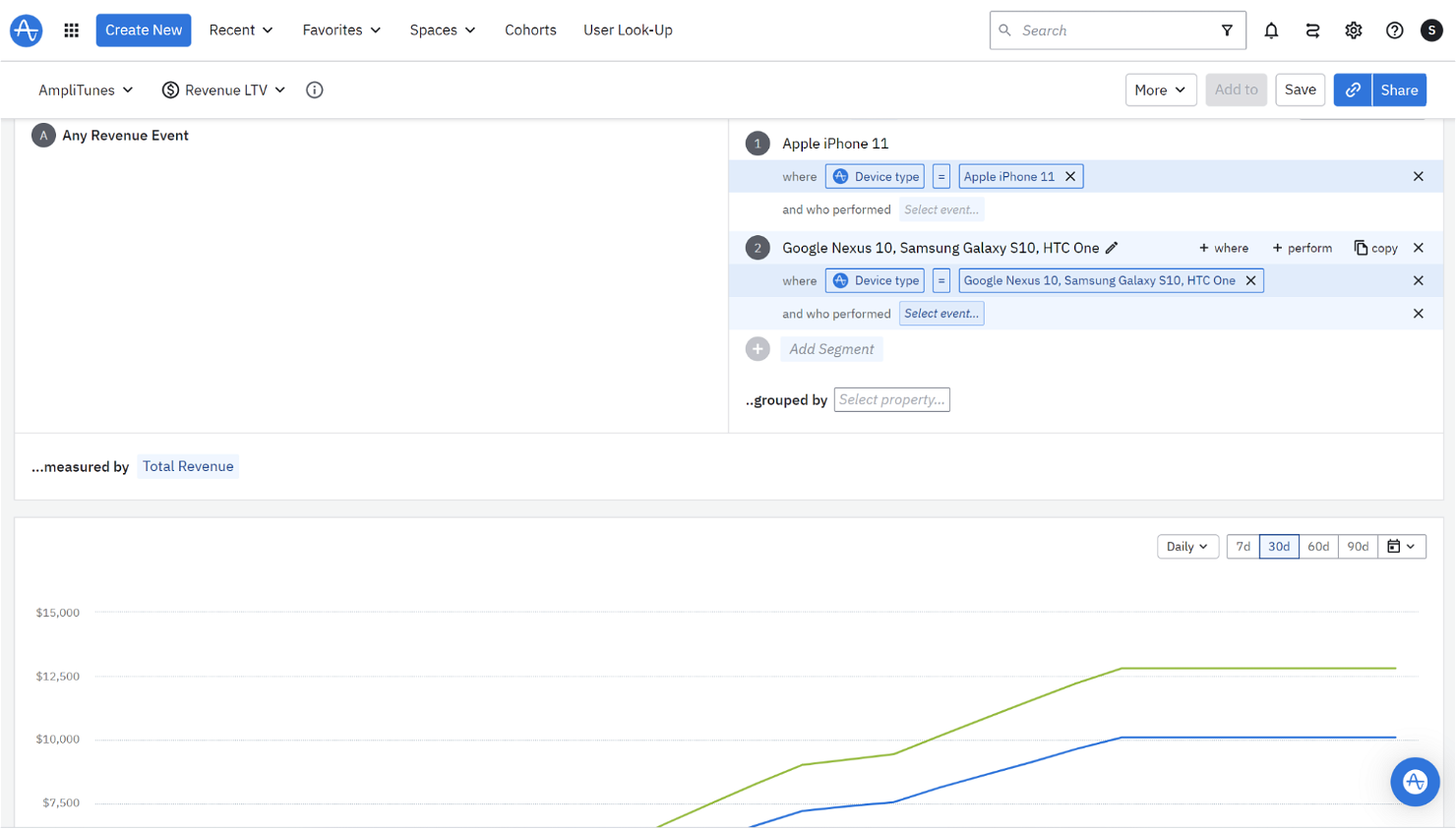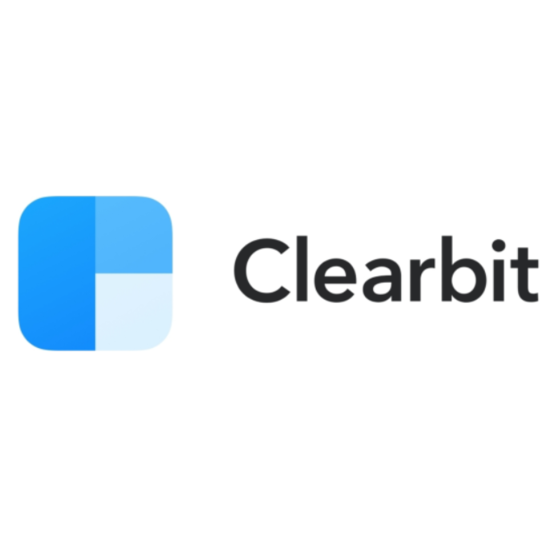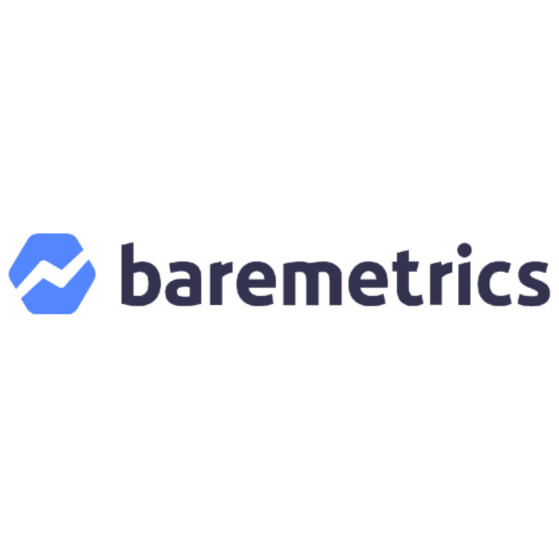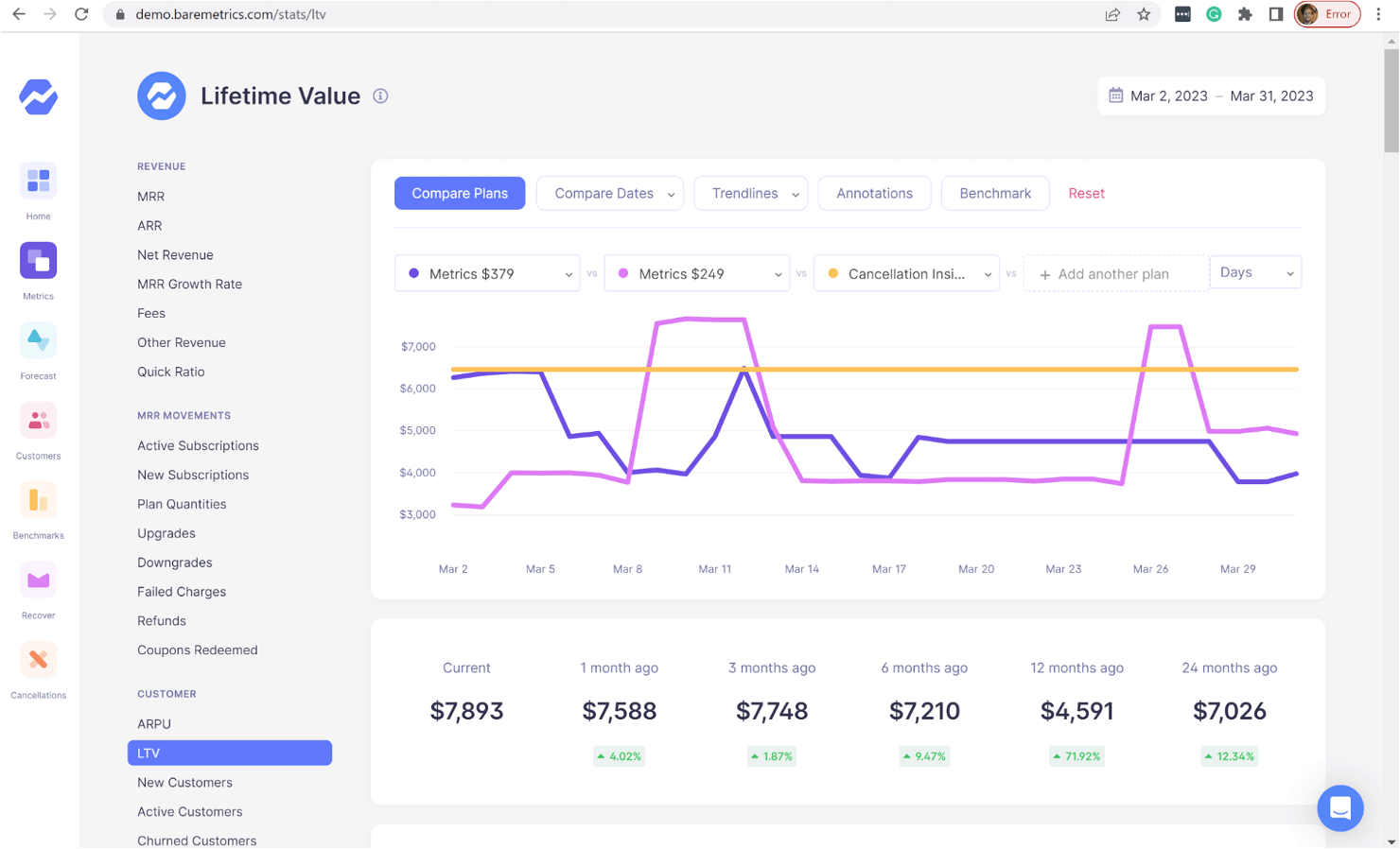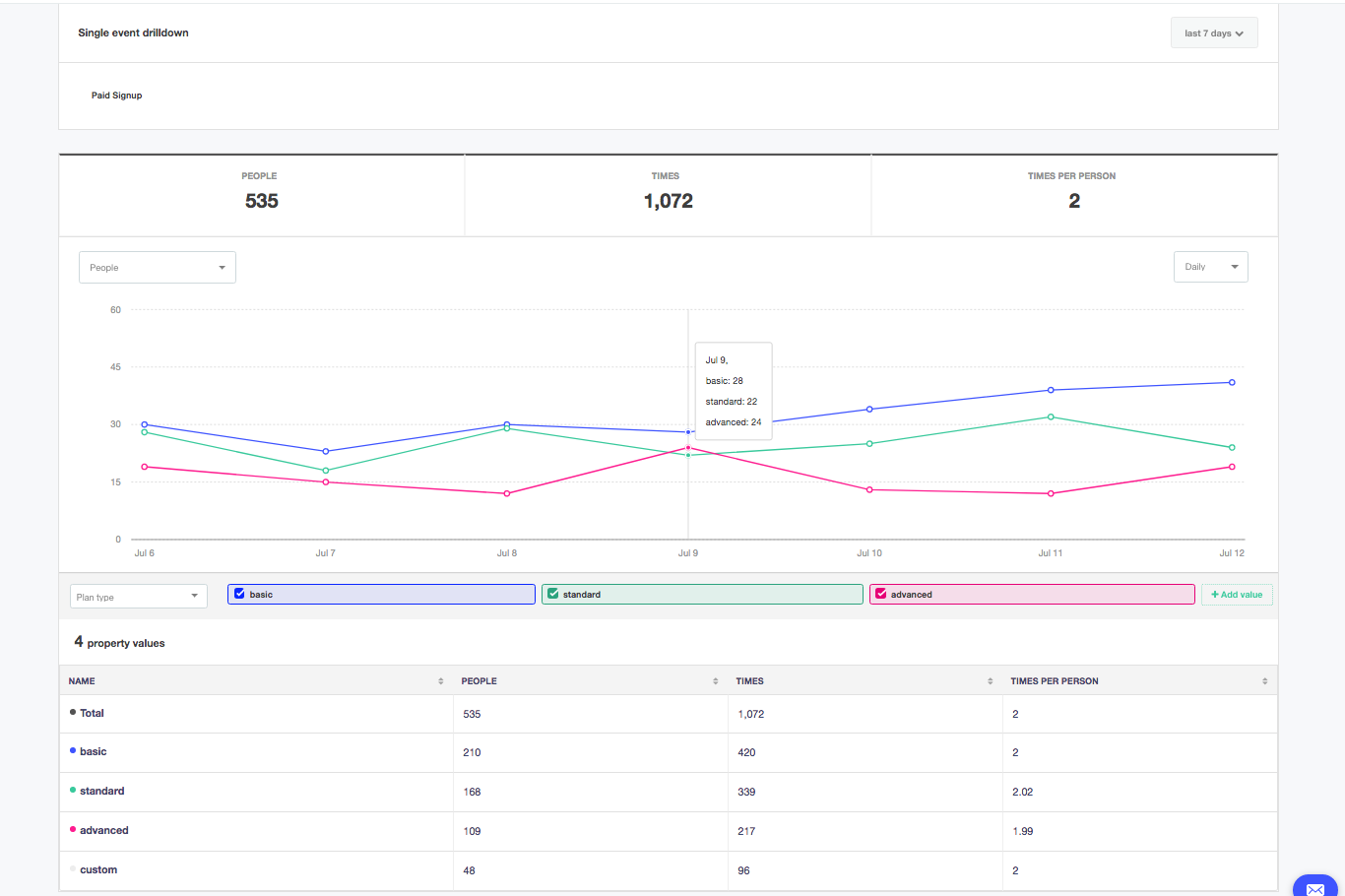10 Best Marketing Segmentation Tools Shortlist
Here's my pick of the 10 best software from the 20 tools reviewed.
With so many different marketing segmentation tools available, figuring out which is right for you is tough. You know you want to tailor your marketing strategies and messages to specific audience segments, enhancing the relevance and effectiveness of your campaigns—but now need to figure out which platform is best. I've got you! In this post, I'll help make your choice easy, sharing my personal experiences using dozens of different marketing segmentation software with brands of all sizes, with my picks of the best marketing segmentation tools overall.
Why Trust Our Reviews
We’ve been testing and reviewing marketing software since 2022. As marketing experts ourselves, we know how critical and difficult it is to make the right decision when selecting software.
We invest in deep research to help our audience make better software purchasing decisions. We’ve tested more than 2,000 tools for different marketing use cases and written over 1,000 comprehensive software reviews. Learn how we stay transparent & our software review methodology.
The Best Marketing Segmentation Tools Summary
| Tools | Price | |
|---|---|---|
| Klaviyo.com | From $45/month | Website |
| HubSpot Marketing | From $800/month + $45/month for additional seats | Website |
| UpLead | From $99/month | Website |
| Google Analytics | From $50,000/year (billed annually) + free version available | Website |
| Segment | From $120/month (billed annually) | Website |
| Survicate | From $59/month | Website |
| Amplitude | Pricing upon request | Website |
| Clearbit | Pricing Upon Request | Website |
| Baremetrics | From $129/month | Website |
| Kissmetrics | From $299/month (billed annually) | Website |

Compare Software Specs Side by Side
Use our comparison chart to review and evaluate software specs side-by-side.
Compare SoftwareHow to Choose Marketing Segmentation Tools
When selecting software for your business, especially when considering a specialized tool such as marketing segmentation tools, it's essential to approach the decision with a strategic mindset. Here’s a checklist that balances general software selection principles with specific considerations for B2B marketing platform:
- Determine Your Needs and Goals: Understand the specific problems you're aiming to solve or processes to enhance with the software, particularly focusing on the marketing strategies like email marketing, content management, lead generation, or customer relationship management you plan to deploy.
- Ease of Use: Select software that is intuitive and user-friendly, ensuring high adoption rates among your team, and allows for straightforward campaign setup, segmentation, and analysis without requiring extensive technical knowledge.
- Integration Capabilities: Choose software that can seamlessly integrate with your existing systems such as CRM, ecommerce platforms, or ERP systems, and ensures compatibility with your sales platforms, social media, and other marketing tools for a unified workflow.
- Scalability: Opt for software that can grow with your business, supporting an increase in users, data, or features as necessary, and is capable of handling growing volumes of campaigns, contacts, and personalized marketing efforts.
- Customer Support and Training: Ensure the software provider offers comprehensive support and training resources to resolve issues quickly, with a focus on platforms that provide strong customer service and marketer-oriented training to maximize the software’s potential.
- Security and Compliance: Confirm that the software adheres to industry standards and regulations to safeguard your data, and is compliant with marketing-specific legislations such as GDPR or CCPA to protect consumer information.
- Performance and Reliability: Choose software known for its consistent uptime and quick load times to minimize disruptions, and that reliably delivers messages and content, ensuring your marketing efforts effectively reach your audience.
- Cost: Consider not only the initial purchase price but also ongoing costs like subscriptions or updates, ensuring the pricing structure aligns with your budget and marketing needs, whether it's based on the number of contacts, volume of emails, or breadth of features.
- Feedback and Reviews: Research user feedback and third-party reviews to assess the software’s effectiveness and satisfaction among users, paying particular attention to experiences from businesses similar to yours in terms of size or industry, to gauge how well the platform will meet your specific marketing needs.
By carefully considering each of these factors, you can make a more informed decision when selecting a B2B marketing platform—or any software—for your business, ensuring it meets your current needs and can adapt to future challenges.
Best Marketing Segmentation Tool Reviews
Below I’ve briefly covered the pros and cons of each marketing segmentation tool and explain the ideal use case for each software. I’ve also included screenshots to highlight the different user interfaces and help you make a decision.
Klaviyo is a marketing automation and management software that offers a centralized platform for businesses to create personalized customer experiences across various channels such as email, SMS, and mobile push.
Why I picked Klaviyo: The platform allows businesses to create highly specific audience segments based on various criteria such as customer behavior, purchase history, and engagement levels. Klaviyo’s real-time data processing ensures that segments are always up-to-date, enabling precise targeting and personalization. Additionally, the integration with Klaviyo's flows feature allows for automated, segmented campaigns.
Klaviyo Standout Features and Integrations
Features include A/B testing, multichannel campaigns, predictive analytics, drag-and-drop email builder, customizable signup forms, real-time reporting, pre-built templates, and customer journey tracking.
Integrations include Shopify, Salesforce, Wix, WooCommerce, Adobe Commerce (Magento), BigCommerce, Google Analytics, Facebook Ads, Instagram, Stripe, PayPal, QuickBooks, Zendesk, and Slack.
Pros and cons
Pros:
- AI predictive analytics
- Good reporting and analytics
- Drag-and-drop automation builder
Cons:
- Can take time to set up segments
- Can get expensive with more active profiles
HubSpot Marketing Hub is a comprehensive marketing automation software designed to help businesses generate and nurture leads, create engaging content, and analyze campaign performance.
Why I picked HubSpot: Its segmentation capabilities allow users to create lists based on various criteria, such as behavior, demographics, and engagement levels. The platform's advanced filtering options also enable marketers to drill down into customer data and create segments for personalized campaigns. Additionally, it facilitates A/B testing of different segments and analyzes performance metrics.
HubSpot Standout Features and Integrations
Features include social media management, SEO tools, content management, lead scoring, web analytics, sales pipeline management, workflow automation, custom reporting, email tracking, and predictive lead scoring.
Integrations include Asana, Mailchimp, Slack, Zapier, Microsoft Dynamics, Shopify, WordPress, Salesforce, Google Analytics, QuickBooks, Stripe, and Trello.
Pros and cons
Pros:
- Easy-to-learn interface
- Good automation capabilities
- Integrates marketing, sales, and CRM tools
Cons:
- Free version has limited features
- Can get expensive when scaling
UpLead is a B2B prospecting platform with features that help facilitate B2B lead segmentation at scale.
Why I picked UpLead: instead of just offering company and contact databases, UpLead also offers implementation tools to help you create segmented campaigns and deliver unique website content to specific segments.
UpLead is a good match if you’re using an ABM Lite approach and want more data points to help you segment your campaigns effectively.
UpLead Standout Features and Integrations
Features include account identification, lead enrichment, prospect segmentation, intent data segmentation, website personalization, and segmented email campaigns.
Integrations include Salesforce, HubSpot, Insightly, Zoho CRM, Pipedrive, Microsoft Dynamics 365, Outreach, SalesLoft, Reply, Woodpecker, Copper, and Mailshake.
Pros and cons
Pros:
- Segmentation available for email and website content through integrations.
- Intent data helps you prioritize leads and target accounts.
- Good quality company and contact data.
Cons:
- Credits used for exporting company information, not just verified contact info.
- Limited integrations.
Google Analytics isn’t just a website analytics tool, it also includes powerful audience segmentation tools that you can easily apply to your Google Ads campaigns.
Why I picked Google Analytics: Google Analytics is free and already in use on most websites for analytics, and it has audience segmentation tools that are often underutilized by marketing teams. It's somewhat lacking in terms of integrations and easy implementation (except for Google Ads), but it can be a great starting point into the world of segmentation for smaller marketing teams.
Google Analytics Standout Features and Integrations
Features include website tracking, audience reporting, demographics data, audience segmentation options, audience creation for Google Ads, and more.
Integrations include Google Ads, Google Data Studio, Google AdSense, Google Customer Match, Search Console, and custom integrations through third-party solutions.
Pros and cons
Pros:
- Plenty of pre-built audience segment reports available.
- Easy to segment Google Ads campaigns based on website interactions.
- 100% free for most use cases.
Cons:
- Limited segmentation implementation options beyond Google Ads.
- Native integrations are limited to Google Products.
Segment (a subdivision of Twilio since 2020) is a customer data platform (unified analytics and audience management platform) designed to tackle the problem of data silos in marketing and customer management.
Why I picked Segment: It’s one of the only platforms available that was built from the ground-up to tackle audience segmentation across multiple channels specifically.
Segment Standout Features and Integrations
Features include data distribution, data unification (single source of truth), audience segmentation recommendations, real-time dashboards, and custom audience reports.
Integrations include Bing Ads, Criteo, Double Click, Google Ads, Facebook Ads, LinkedIn Ads, and 300+ more data sources and destinations.
Pros and cons
Pros:
- Built into the Twilio platform so you can easily segment campaigns based on real-time data.
- Generate reliable insights based on multi-channel data.
- Get all your customer data in the same place.
Cons:
- Certain useful features are locked behind expensive add-ons.
- With visits-based pricing, Segment can be pricey for high-traffic sites.
Survicate is a customer feedback tool that enables businesses to create and distribute surveys to collect insights from various touchpoints, including websites, emails, and mobile applications.
Why I picked Survicate: Survicate is designed to collect feedback from customers through various types of surveys, including surveys measuring Net Promoter Score (NPS), Customer Satisfaction (CSAT), and Customer Effort Score (CES). The platform also supports multiple question types and offers targeting options to ensure surveys reach the right audience.
Additionally, Survicate provides real-time analytics to help users understand feedback and make data-driven decisions, and includes precise targeting and filtering of survey results based on data from various sources.
Survicate Standout Features and Integrations
Features include a feedback hub, survey logic and branching, survey templates, custom designs, automatic response actions, security and compliance features, a mobile app, and cookie and tracking technology management.
Integrations include ActiveCampaign, Salesforce, Mailchimp, Hubspot, Google Analytics and Google Sheets, Zendesk, and Slack.
Pros and cons
Pros:
- Offers real-time NPS and cSAT scoring
- Provides in-app/intercept surveying
- Easy and quick setup
Cons:
- Issues with data restoration
- Inconsistent survey visuals
Amplitude is a product usage intelligence platform that helps companies find patterns, improve their user experience, and boost the average customer lifetime.
Why I picked Amplitude: Amplitude makes it easy to create and compare the performance of different segments throughout your application.
Amplitude Standout Features and Integrations
Features include user event tracking, demographics data, real-time reporting, user segmentation, cross-device unification, custom events, and user path tracking.
Integrations include Appcues, Adobe Analytics, Census, Bento, Fivetran, Facebook Ads, Google Ads, Shopify, Salesforce, and HubSpot.
Pros and cons
Pros:
- Import event data through a myriad of integrations.
- Powerful custom events help you track the complete customer journey.
- Easy to create custom segment reports.
Cons:
- No default templates or views to help you get started — you start from scratch.
- Not always easy to prioritize meaningful events.
Clearbit calls itself a “data activation platform” for B2B companies because it helps you enrich undetailed lead lists, capture intent-based signals, and use that data to reach your prospects with targeted ads.
Why I picked Clearbit: It can be hard to segment lead lists if you don’t have a lot of information on those lists beyond names and email addresses. With Clearbit’s data enrichment tool, you can expand what you know with third-party data and use that to segment your outreach for better results.
Clearbit Standout Features and Integrations
Features include de-anonymizing website traffic, data enrichment, total addressable market analysis, internationalization, audience segmentation, and high-value client recommendations.
Integrations include Salesforce, Segment, Marketo, HubSpot, Drift, LeanData, Madkudu, Uberflip, Outgrow, Mutiny, and Workato.
Pros and cons
Pros:
- Your sales team gets notified whenever the target account visits your site (even anonymously).
- Find more accurate contact information for aged lead lists.
- Segment new prospect lists right inside Salesforce or other CRMs thanks to Clearbit integrations.
Cons:
- Pricing is based on database size, so for companies with large lists it can be quite expensive.
- No advertising platform integrations, so implementation requires some hands-on work.
Baremetrics is a customer data and insight platform specifically designed for subscription-based businesses.
Why I picked Baremetrics: Baremetrics can help you figure out who your best customers are. You can then create a reward program to boost loyalty or an ABM strategy to find more good clients. These insights are also easier to find than in much more expensive CRM solutions.
Baremetrics Standout Features and Integrations
Features include revenue benchmarking, customer segmentation, trial insights, failed payment recovery, cancellation insights, and revenue forecasting.
Integrations include Stripe, Paypal, Magento, Shopify, WooCommerce, Google Wallet, Big Cartel, Clover, and Dwolla.
Pros and cons
Pros:
- Reduce churn with cancellation insights.
- Segment your customers easily based on real transaction data.
- Revenue dashboards are generated automatically through integrations.
Cons:
- Limited options for comparing different data sets over time.
- The only native integrations are payment processing platforms.
Kissmetrics is a behavioral analytics and customer engagement platform with support for custom event tracking, behavior funnels, and more.
Why I picked Kissmetrics: The default reports included in Kissmetrics make it easy to segment your audience and customers based on important variables like geographic location, devices, and events. This data can help you unlock insights about which customer and prospect segments are most valuable to your business.
Kissmetrics Standout Features and Integrations
Features include event tracking, conversion tracking, funnel tracking, user segmentation, multi-device unification, and user data management.
Integrations include Appcues, Chargify, Hubspot, Magento, Help Scout, Callrail, Marketo, Optimizely, Mailchimp, Recurly, VWO, Facebook Ads, and Shopify.
Pros and cons
Pros:
- Funnel reports are comprehensive and easy to understand.
- Good out-of-the-box reports and dashboards.
- Easy to set up and start using.
Cons:
- Even the cheapest plan is a bit expensive for small and medium-sized businesses.
- Limited demographics data compared to Google Analytics and other alternatives.
Other Marketing Segmentation Tools
Here are a few more worthwhile options that didn’t make my list of the best marketing segmentation tools, but might be more suitable for your needs:
Related Marketing Tool Reviews
If you still haven't found what you're looking for here, check out these tools closely related to digital marketing strategy that we've tested and evaluated.
- Marketing Software
- Marketing Management Software
- Account Based Marketing Software
- Social Media Management Software
- Email Marketing Software
Selection Criteria for Marketing Segmentation Tools
Selecting the right marketing segmentation tools involves a careful evaluation of what they have to offer. Through extensive personal trials and research, I've developed criteria to guide software buyers towards making an informed decision.
Core Functionality - 25% of total weighting score:
Key use cases include:
- Segmenting audiences based on behavior, demographics, and purchase history.
- Integrating seamlessly with CRM and other data sources for a unified customer view.
- Providing analytics to measure segment engagement and conversion rates.
- Enabling targeted campaign management across multiple channels.
- Offering data privacy and compliance features to manage customer data responsibly.
Additional Standout Features - 25% of total weighting score:
These features address:
- Advanced AI and machine learning capabilities for predictive analytics and customer insight generation.
- Real-time data processing for timely and relevant customer interactions.
- Customizable dashboard and reporting tools tailored to unique business needs.
- Integration capabilities with emerging marketing channels (e.g., VR/AR platforms).
- Enhanced data security and advanced compliance management features for global operations.
Usability - 10% of total weighting score:
Evaluating usability involves assessing:
- A clean and intuitive interface design, making navigation and operation straightforward.
- The balance between power and complexity, ensuring robust features are accessible.
- Visual data segmentation and analytics presentations to quickly derive insights.
Onboarding - 10% of total weighting score:
For onboarding, I look for:
- Comprehensive training materials such as videos, templates, and interactive tours.
- Efficient data migration tools or services to ensure a smooth transition.
- Immediate access to value through quick setup guides and initial configuration assistance.
Customer Support - 10% of total weighting score:
Effective customer support is identified by:
- Responsive and knowledgeable support teams available through multiple channels.
- Access to a community or forum for peer-to-peer advice and best practices.
- Proactive monitoring and assistance to prevent issues before they affect operations.
Value For Money - 10% of total weighting score:
Value assessments consider:
- Transparent pricing models that align with the features and scalability offered.
- The inclusion of essential features without significant extra costs.
- Flexible payment options to accommodate businesses of varying sizes and budgets.
Customer Reviews - 10% of total weighting score:
When looking at customer reviews, importance is placed on:
- Consistency in positive feedback regarding usability and customer support.
- Specific mentions of how the tool has solved particular marketing challenges.
- Anecdotes of successful integrations and data management improvements.
This evaluation method ensures the selection of a tool that not only meets the immediate requirements but also offers the potential for growth and adaptation in an evolving market landscape.
Trends in Marketing Segmentation Tools for 2024
Here are some trends I’ve noticed for marketing segmentation technology, plus what they might mean for the future of the marketing industry. I sourced countless product updates, press releases, and release logs to tease out the most important insights.
- Psychographic and Behavior-Based Segmentation: With a shift towards more nuanced segmentation methods, tools are now offering advanced capabilities to segment audiences based on psychographic factors and behaviors. This trend, highlighted in the capabilities of platforms like Qualtrics and Omnisend, responds to the growing need for deeper understanding of consumer preferences and behaviors, allowing for more targeted and effective marketing strategies.
- Sophisticated Customer Journey Mapping: The emphasis on tracking and understanding the complete customer journey has become more pronounced. Tools like Amplitude and Baremetrics offer functionalities that not only track user events and demographics but also analyze product usage and revenue data. This allows businesses to fine-tune their user experience and product offerings based on detailed customer insights.
- Decreasing Importance of Broad Demographic Data: As tools become more sophisticated in their ability to segment based on behavior, interests, and real-time interactions, traditional demographic data becomes less central to segmentation strategies. Marketers are increasingly looking for insights that go beyond basic demographic information to create more personalized and effective marketing campaigns.
By leveraging these advanced capabilities, businesses can enhance their understanding of customer behavior and preferences, leading to more effective and targeted marketing efforts.
What Is a Marketing Segmentation Tool?
Marketing segmentation tools are software solutions used to categorize a business's target audience into distinct groups based on shared characteristics such as age, location, buying habits, or interests. These tools analyze customer data to identify patterns and create segments, enabling marketers to tailor their strategies and communications to each specific group. The purpose is to deliver more relevant and effective marketing messages, improve customer engagement, and drive better business results.
Features of Marketing Segmentation Tools
These are the key features I evaluate when I am looking at marketing segmentation tools.
- Advanced Audience Segmentation: Tools provide the capability to segment audiences based on a variety of criteria, including demographics, behavior, preferences, and psychographics. This enables marketers to tailor their messaging and campaigns to specific groups for higher engagement rates.
- Integration with Multiple Data Sources: Seamless integration with other platforms such as CRMs, ad platforms, and analytics tools ensures that all customer data can be consolidated in one place for a unified view. This is crucial for creating accurate segments and understanding customer behavior across different channels.
- Real-Time Insights and Dashboards: The ability to monitor customer behavior and campaign performance in real-time allows marketers to make informed decisions quickly. This feature supports dynamic adjustment of marketing strategies based on current data.
- Customizable Reports and Analytics: Marketing segmentation tools often come with customizable reporting capabilities that allow businesses to dive deep into the data and extract meaningful insights specific to their needs. This can include everything from conversion tracking to detailed audience analysis.
- Data Enrichment and Lead Scoring: Some tools offer data enrichment features that enhance the existing customer data with additional insights, making it easier to score leads and prioritize them based on their likelihood to convert or purchase.
- Behavioral and Psychographic Segmentation: Beyond traditional demographics, newer tools allow for segmentation based on user behavior, life goals, interests, and values. This leads to more nuanced targeting and the ability to connect with customers on a deeper level.
- Automated Segmentation and Campaigns: Automation features enable the automatic division of audiences into segments based on predefined criteria and the launch of targeted campaigns to these segments without manual intervention.
- Cross-Device Tracking and Attribution: Understanding how customers interact with a brand across different devices helps in creating a cohesive marketing strategy that accounts for all touchpoints in the customer journey.
- Low-Code or No-Code Interfaces: To democratize access to advanced marketing technologies, many tools now offer low-code or even no-code interfaces, making it easier for users without technical expertise to create segments and analyze data.
- Dynamic Content Personalization: The capability to dynamically personalize content and messaging based on the segment characteristics or individual user behavior enhances the relevance and effectiveness of marketing communications.
These features collectively empower businesses to fine-tune their marketing efforts, ensuring they are delivering the right message, to the right audience, at the right time.
Benefits of Marketing Segmentation Tools
Marketing segmentation tools provide significant advantages, enhancing the efficiency and effectiveness of marketing efforts. Here are five primary benefits:
1. Enhanced Customer Insights: Deeper understanding of customer needs and behaviors. By leveraging marketing segmentation tools, businesses can gain in-depth insights into their customer base, uncovering patterns and preferences that inform more targeted marketing strategies.
2. Increased Marketing Efficiency: Optimized resource allocation and campaign focus. These tools allow for the precise targeting of marketing campaigns, ensuring that resources are allocated to the segments most likely to convert, thereby increasing overall marketing efficiency.
3. Improved Customer Engagement: Tailored messaging for higher engagement rates. With detailed segmentation, companies can craft messages that resonate with each segment's specific needs and preferences, leading to higher engagement rates and a better customer experience.
4. Higher Conversion Rates: Strategic targeting for improved conversion outcomes. By understanding the distinct characteristics of each customer segment, businesses can design campaigns that more effectively address the motivations and barriers of their target audience, resulting in higher conversion rates.
5. Competitive Advantage: Unique market positioning and customer understanding. Marketing segmentation tools provide organizations with the ability to fine-tune their market positioning and product offerings based on a deep understanding of their customer segments, granting them a competitive edge in crowded markets.
These benefits highlight the transformative impact marketing segmentation tools can have on businesses. Marketing segmentation tools play a crucial role in driving more effective marketing strategies, enhancing customer relationships, and ultimately contributing to increased revenue and growth.
Cost & Pricing for Marketing Segmentation Tools
When exploring marketing segmentation tools, software buyers often encounter a variety of plan options designed to suit different needs and budget constraints. These tools offer capabilities that range from basic audience segmentation to advanced analytics and personalization features. Understanding the different plan options and their pricing can help businesses select the best tool for their marketing strategies.
Plan Comparison Table for Marketing Segmentation Tools
| Plan Type | Average Price | Common Features Included |
|---|---|---|
| Basic | $20 - $100/month | Access to core segmentation features, basic analytics, email support |
| Professional | $100 - $800/month | Advanced segmentation capabilities, enhanced analytics, integration options, chat support |
| Enterprise | Custom Pricing | Customizable features, full access to all analytics, dedicated support, API access |
| Free | $0 | Limited segmentation features, basic analytics |
Choosing the right plan involves balancing the features you need against your budget. Consider starting with a free or basic plan to understand the tool's capabilities before scaling up to more advanced options as your needs evolve.
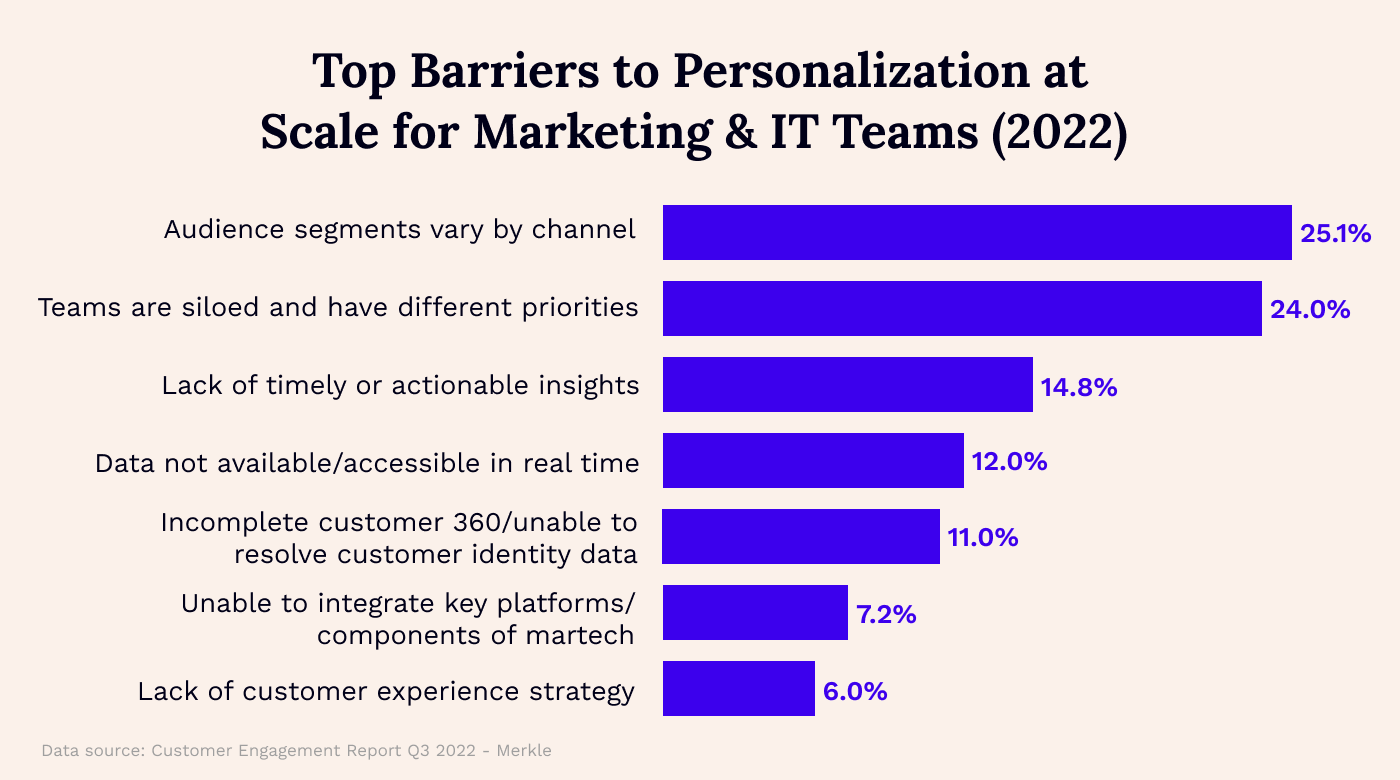
Frequently Asked Questions
Not entirely sure how marketing segmentation tools can help your business? Read the answers to a few frequently-asked questions below.
What are the foundational principles of marketing segmentation?
What is market segmentation strategy?
When do you need marketing segmentation tools?
How does marketing segmentation improve ROI?
Can small businesses benefit from marketing segmentation tools?
How does AI enhance marketing segmentation strategies?
How to segment audiences without existing customer data?
How does segmentation affect brand positioning?
What are common mistakes in creating market segments?
Additional Marketing Analytics Tool Reviews
You'll probably need several tools to cover the whole gambit of needs. Here are some other tool review lists that I recommend checking out:
- Marketing Analytics Tools
- Marketing Measurement Tools
- Marketing Attribution Software
- Marketing Dashboard Software
- Direct Mail Marketing Software
- PR Analytics Tools
Did You Find What You Were Looking For?
49% of consumers said they'd become a repeat buyer after a personalized experience with a retailer in 2022.
That’s where marketing segmentation software comes in for marketing strategy and planning. But to deliver a tailored experience to your prospects and customers, you need to find a tool that suits your unique needs.
Hopefully my list helped you find exactly that. If not, keep my selection criteria in mind when browsing the market for other options.
For more hand-picked marketing tool recommendations, along with advanced strategies and tips, sign up for our newsletter.

